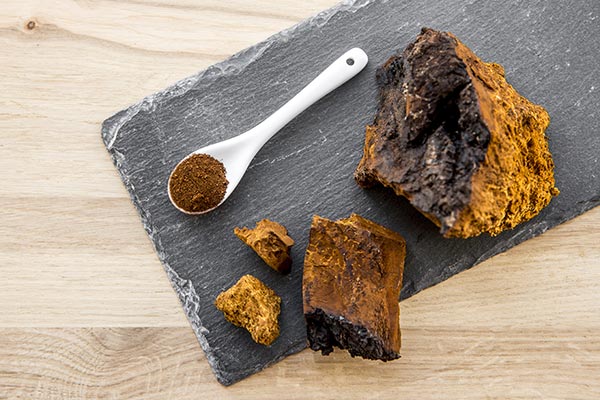
Turmeric powder is available in most health food stores. But health aficionados swear that nothing beats fresh turmeric rhizomes when it comes to the best flavor and possible health benefits.
Belonging to the same family as ginger, turmeric can be easily identified by its characteristic earthy aroma and pungent, slightly bitter flavor. It is widely cultivated in India and in other countries in East and Southeast Asia because of its reported health benefits, which include better heart health and a lower risk of cancer.
In fact, turmeric has been used for thousands of years in India’s ancient system of medicine, Ayurveda, to cure various ailments and improve overall health.
How to grow turmeric
Turmeric grows up to three feet tall and produces large, deep green leaves. As it matures, each of its stems will send up a spike of pink, red and greenish-white bracts that resemble flowers.
But while it is certainly unique, turmeric is not all that difficult to grow! Whether planting outdoors or indoors in containers, give turmeric what it likes and it will grow like a weed and reward you with fresh rhizomes.
Here’s a simple guide you can follow to grow your own turmeric:
1. Calculate when to plant
Turmeric can take between seven to 10 months from planting to harvest. To determine the best time for you to plant turmeric, count back about 10 months from when you usually get your first frost in the fall.
So if the first frost appears around October, you should plant turmeric no later than March. Timing is essential because turmeric rhizomes need to be sheltered from cold temperatures.
2. Purchase rhizomes
Turmeric doesn’t grow from seeds like most plants. Instead, it grows from rhizomes. These root-like structures can be sourced fresh from supermarkets, health food stores and Asian groceries.
Once you have your turmeric rhizomes, inspect them for buds. Small ones would have two or three buds, while larger rhizomes would have more. If your rhizomes have more than three buds, break them into sections.
Each section should have no more than three buds. This is done to avoid overcrowding the new rhizomes.
3. Plant in warm, fertile soil
Turmeric likes warm and fertile soil conditions. If the soil temperature is too low, sprouting will be slow. Some rhizomes might even rot rather than sprout if planted in cold soil.
To plant your rhizomes, dig holes that are at least two inches deep. Make sure the buds are facing up when you place the rhizomes in the holes.
4. Keep things light and warm
The great thing about turmeric plants is you don’t need to prune them. That’s because the rhizomes, which are the parts that you harvest, grow underground.
That said, you need to pay careful attention to soil and air temperatures. This is particularly crucial if you plan to grow turmeric indoors in pots.
Once the sprouts start to emerge, move your pots to a sunny windowsill or under a grow light. You should also keep your pots indoors until nighttime temperatures no longer dip below 50 F. At that point, you may take the pot outdoors and leave it in a sunny spot sheltered from high winds.
5. Keep the soil moist
Turmeric likes moist, not soggy, soil. It also likes humidity, so make sure to mist the leaves once or twice a day with water. Don’t allow the soil to dry out at any point because this will affect your harvest. You can try adding mulch to the planting site if you’re having trouble keeping the soil moist.
6. Fertilize once a month
Turmeric needs nutrients to grow well, so feed it fertilizer at least once a month. If your plant appears stunted, incorporate organic matter like compost into the soil.
7. Harvest when the leaves and stem start to brown
Your rhizomes should be ready when the plant’s leaves and stem start to brown. To harvest, dig up the plant’s roots and brush the soil off of the rhizomes. Cut the stems off an inch or so above the rhizomes. Rinse well.
You then need to boil the fresh rhizomes before using them in the kitchen. You can also grind the rhizomes to make your own turmeric powder for lattes, smoothies and herbal teas.
Turmeric is an incredible superfood that’s fairly easy to grow, even for beginner gardeners! Just follow the tips listed above and you’ll surely enjoy a generous harvest of fresh turmeric rhizomes in a few months’ time.
Sources:




























